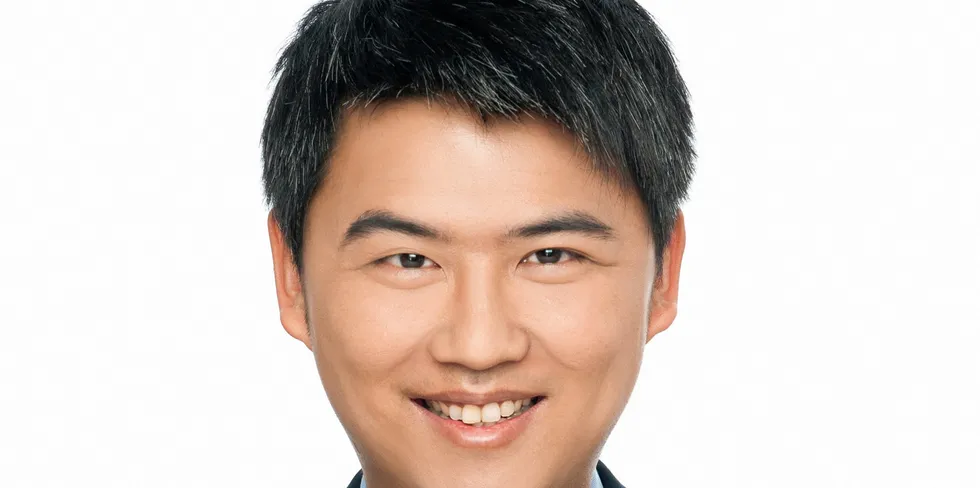International oil contractors in four-way tussle for Taiwan offshore wind prize
Quartet of consortia said to be in the running for pair of substation platforms for Northland Power's 1GW-plus Hai Long megaproject

Quartet of consortia said to be in the running for pair of substation platforms for Northland Power's 1GW-plus Hai Long megaproject
